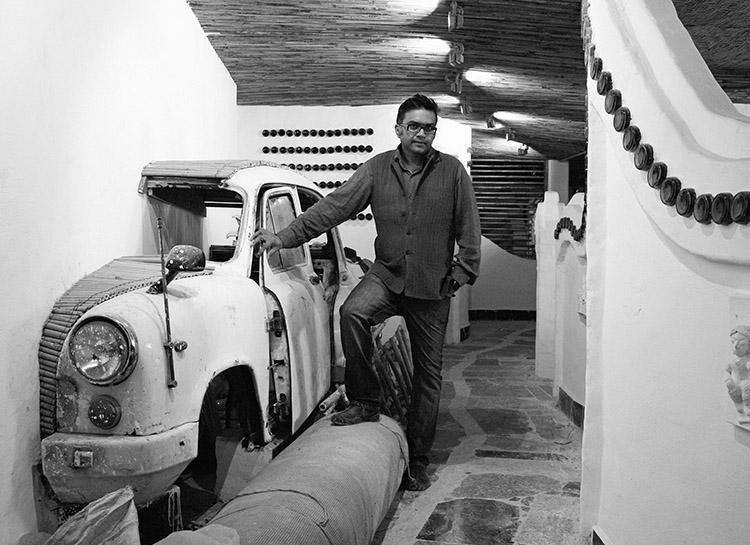Tanmay Tathagat
March 26, 2018
BJ: You have been working in the area of Green buildings for over 20 years. How would you assess the impact of Green buildings, as we have come to define them today, on driving actual sustainable development?
TT: The general awareness about Green buildings has definitely increased, but whether this has led to any ‘sustainable’ development is difficult to as
However, the intent and awareness of Green buildings are on the rise. The number of certified Green buildings is increasing exponentially every year, but I feel it has yet to have an impact on developers or the majority of the construction sector, which happens in residential areas and outside the metros. So the owners and developers have been misled into thinking that getting a certification is all that is needed to make a building Green. Actual sustainable development will only happen when building design and construction, transportation, urban design, and infrastructure development are all looked at holistically, and the environmental impact of each decision is considered in the process.
BJ: After working on developing Green building rating models for agencies like LEED and GRIHA, do you think there is a successful model for a developing country like India, where only a small fraction of population has access to architects and designers?
TT: Rating systems are only a part of the solution and we still have a long way to go in developing other models that can cater to the diverse context of a country like India. Right now, the number of buildings rated Green is roughly 2 to 3 per cent of the total construction done, starting from tier three cities to big metropolises. Buildings have a strong aspirational value and the rating systems have somehow tapped into it. We see that individual owners are applying for ratings too. The scope and impact of our rating systems, though, is still quite narrow because the approach is still based largely on international practices. But I am hopeful that it will evolve in the future to be more contextual to how most of the country lives and builds. The rating systems have brought in the aspirational value to Green buildings, and we can see developers who typically do not care about the environmental impact being drawn to it because Green ratings now have a marketable value. The certification systems also now have a very strong social component, which pushes developers to follow better health and safety standards, and provide better living arrangements for construction labor. In our country, where labor is treated so poorly, this has helped to impose some checks and balances at least in that small number of projects.
So overall, the rating is a good idea because it sets a framework for evaluating and reducing the impact of construction, and more importantly, engages with the people who own, develop, live or work in these buildings. The rating systems, however, need to be holistic and contextual, and not end up being checklists for getting a
certification.
BJ: Like you said, the rating system has become aspirational but it is still quite narrow in its approach. For example, while one building may be awarded the highest rating for using very little steel and cement in an urban area, there are many buildings in rural parts of India that do not use any steel or cement but are not rated at all. How do we deal with this gap?
TT: Ratings in India are not contextual in that very sense because we still have traditional construction techniques and materials alongside steel, concrete
BJ: A critique that often comes against the concept of Green buildings from your contemporaries is that Green buildings justify consumption. A five-star rated air-conditioning system does not change the fact that a building relies on air conditioning. Do you agree?
TT: Absolutely. A lot of it comes from the way we present the information about
This has been tried to some extent with the GRIHA rating for large developments, where the baseline is set at net-zero impact. So, instead of presenting information as savings with respect to a notional consumed value, the rating presents the real impact. No construction can have zero impact
To read the complete article, get your hardcopy at our online shop/newsstands/major bookstores; subscribe to FuturArc or download the FuturArc App to read the issues!
Previously Published FuturArc Interview
Contact us at https://www.futurarc.com/contact-us for older interviews.



